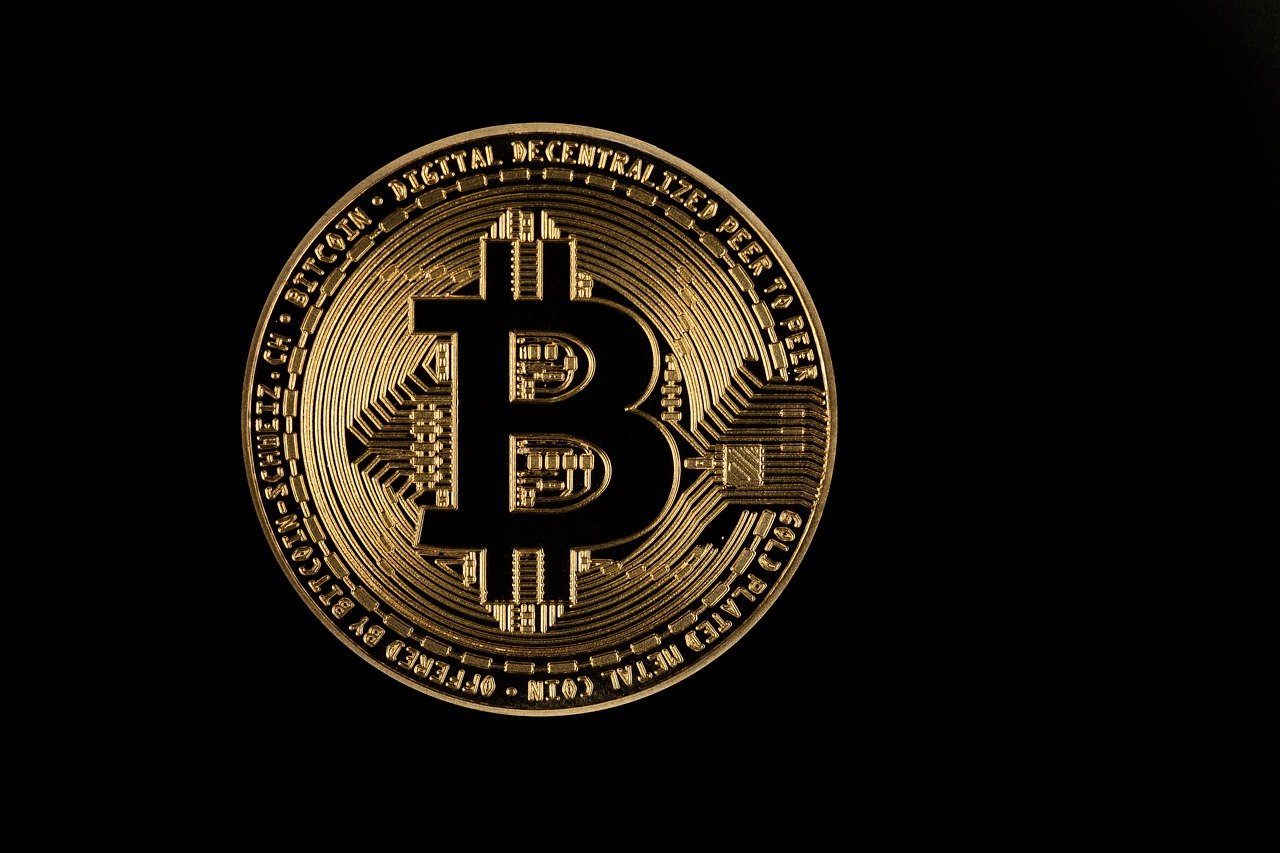Proof of Stake (PoS) has emerged as a compelling alternative to Proof of Work (PoW) in the blockchain world, offering a more energy-efficient and potentially scalable approach to securing decentralized networks. This article delves into the intricacies of Proof of Stake, exploring its mechanisms, advantages, disadvantages, and real-world applications, providing a comprehensive understanding of this innovative consensus mechanism.
What is Proof of Stake?
Understanding the Basics
Proof of Stake (PoS) is a consensus mechanism used in blockchain networks to validate transactions and create new blocks. Unlike Proof of Work (PoW), which relies on computational power to solve complex cryptographic puzzles, PoS selects validators based on the number of tokens they hold and are willing to “stake” as collateral. In essence, instead of miners competing to solve a problem, validators are chosen based on their stake and other factors like age of stake or randomness.
How it Works
Here’s a simplified breakdown of the PoS process:
- Staking: Users lock up a certain amount of their cryptocurrency in a staking contract. This staked cryptocurrency acts as collateral, ensuring the validator’s good behavior.
- Validator Selection: The blockchain algorithm selects validators to create new blocks. This selection process often involves a degree of randomness, with a higher stake generally increasing the chances of selection. Factors like coin age and node reputation may also influence the selection.
- Block Validation: Selected validators propose new blocks containing verified transactions. Other validators in the network then attest to the validity of the block.
- Block Creation and Rewards: Once a block receives sufficient attestations, it is added to the blockchain. The validator who proposed the block receives a reward, often in the form of transaction fees and newly minted cryptocurrency.
- Slashing: If a validator attempts to manipulate the blockchain or act maliciously (e.g., by proposing conflicting blocks), their staked cryptocurrency can be “slashed,” resulting in a loss of funds. This incentivizes validators to act honestly.
Practical Example
Imagine a blockchain network using PoS with 100 users. Alice stakes 1000 coins, Bob stakes 500 coins, and Carol stakes 200 coins. Alice has a higher probability of being selected as the next block validator compared to Bob and Carol, simply because she has more coins staked. If Alice proposes a valid block, she receives a reward in the form of additional coins and transaction fees. However, if Alice attempts to validate a fraudulent transaction or create a conflicting block, a portion (or all) of her staked coins could be slashed.
Advantages of Proof of Stake
Energy Efficiency
- Reduced Energy Consumption: PoS significantly reduces energy consumption compared to PoW. Instead of relying on energy-intensive mining hardware, PoS relies on token staking, which requires minimal energy. Studies have shown that PoS can reduce energy consumption by over 99% compared to PoW.
- Environmentally Friendly: The reduced energy footprint makes PoS a more environmentally sustainable consensus mechanism, aligning with the growing global focus on reducing carbon emissions.
Scalability
- Faster Transaction Times: PoS can potentially lead to faster transaction processing times and improved scalability compared to PoW. This is because the block validation process is typically more efficient in PoS networks.
- Higher Transaction Throughput: Some PoS blockchains boast higher transaction throughput, allowing for more transactions to be processed per second.
Security
- Economic Incentives for Honesty: The risk of losing staked cryptocurrency through slashing provides a strong economic incentive for validators to act honestly and uphold the integrity of the blockchain.
- 51% Attack Mitigation: While not entirely immune, PoS makes 51% attacks significantly more difficult and expensive. An attacker would need to acquire and stake a majority of the network’s cryptocurrency, which would be a substantial financial burden and could trigger market reactions that further increase the attacker’s costs.
Democratization
- Wider Participation: PoS enables more participants to contribute to the network’s security and governance. Users with even a small amount of cryptocurrency can participate in staking and earn rewards.
- Decentralized Governance: Some PoS blockchains utilize staking to empower token holders to participate in governance decisions, such as voting on protocol upgrades and changes.
Disadvantages of Proof of Stake
“Nothing at Stake” Problem
- Potential Risk: In some early PoS implementations, validators could theoretically attest to multiple conflicting chains without any consequence, potentially compromising the integrity of the blockchain. This is known as the “nothing at stake” problem.
- Mitigation Strategies: Modern PoS systems mitigate this issue through various mechanisms, such as slashing penalties for attesting to conflicting blocks, and sophisticated chain selection rules.
Centralization Concerns
- Wealth Concentration: There are concerns that PoS can lead to centralization, as users with large amounts of cryptocurrency may have a disproportionate influence on the network.
- Addressing the Issue: Some PoS blockchains implement measures to address this, such as limiting the maximum stake size for individual validators or using delegated proof-of-stake (DPoS) where users delegate their staking power to chosen representatives.
Initial Coin Distribution
- Potential Imbalance: The initial distribution of cryptocurrency can significantly impact the fairness and decentralization of a PoS network. If a small group of users holds a large percentage of the tokens, they can exert undue influence over the network’s validation process.
- Fair Launch Initiatives: Some projects prioritize fair coin distribution through methods like airdrops, staking rewards, and carefully planned token sales to promote broader participation.
Potential for Cartel Formation
- Risk of Collusion: Large stakeholders could potentially form cartels to manipulate the network for their own benefit.
- Countermeasures: Mechanisms like code audits, active community monitoring, and governance models that prevent consolidation of power are essential to combat this risk.
Real-World Applications of Proof of Stake
Ethereum 2.0
- Transition to PoS: Ethereum, one of the largest blockchain platforms, has transitioned from Proof of Work to Proof of Stake with its Ethereum 2.0 upgrade (now just Ethereum). This shift aims to improve the network’s scalability, energy efficiency, and security.
- Beacon Chain: The Beacon Chain is the central coordinating component of Ethereum’s PoS system, managing validators and implementing the Casper FFG consensus mechanism.
Cardano
- Ouroboros Protocol: Cardano utilizes the Ouroboros PoS protocol, which is designed to be secure and scalable.
- Stake Delegation: Users can delegate their staking power to stake pools, allowing them to participate in the network’s validation process without needing to run their own validator node.
Solana
- Proof of History (PoH): Solana uses Proof of Stake combined with Proof of History (PoH), a timestamping mechanism, to achieve high transaction throughput.
- Delegated Staking: Users can delegate their SOL tokens to validators, earning rewards and participating in the network’s security.
Tezos
- Liquid Proof of Stake (LPoS): Tezos employs Liquid Proof of Stake, which allows token holders to easily delegate their staking rights without transferring ownership of their tokens.
- On-Chain Governance: Tezos features on-chain governance, allowing token holders to propose and vote on protocol upgrades.
Conclusion
Proof of Stake represents a significant advancement in blockchain technology, offering a compelling alternative to Proof of Work with its improved energy efficiency, scalability, and security features. While PoS has its challenges, ongoing research and development are continually addressing these concerns and refining its implementation. As the blockchain ecosystem evolves, Proof of Stake is poised to play a crucial role in shaping the future of decentralized networks. By understanding its mechanisms, advantages, and limitations, individuals and organizations can better navigate the world of blockchain and make informed decisions about its potential applications.



